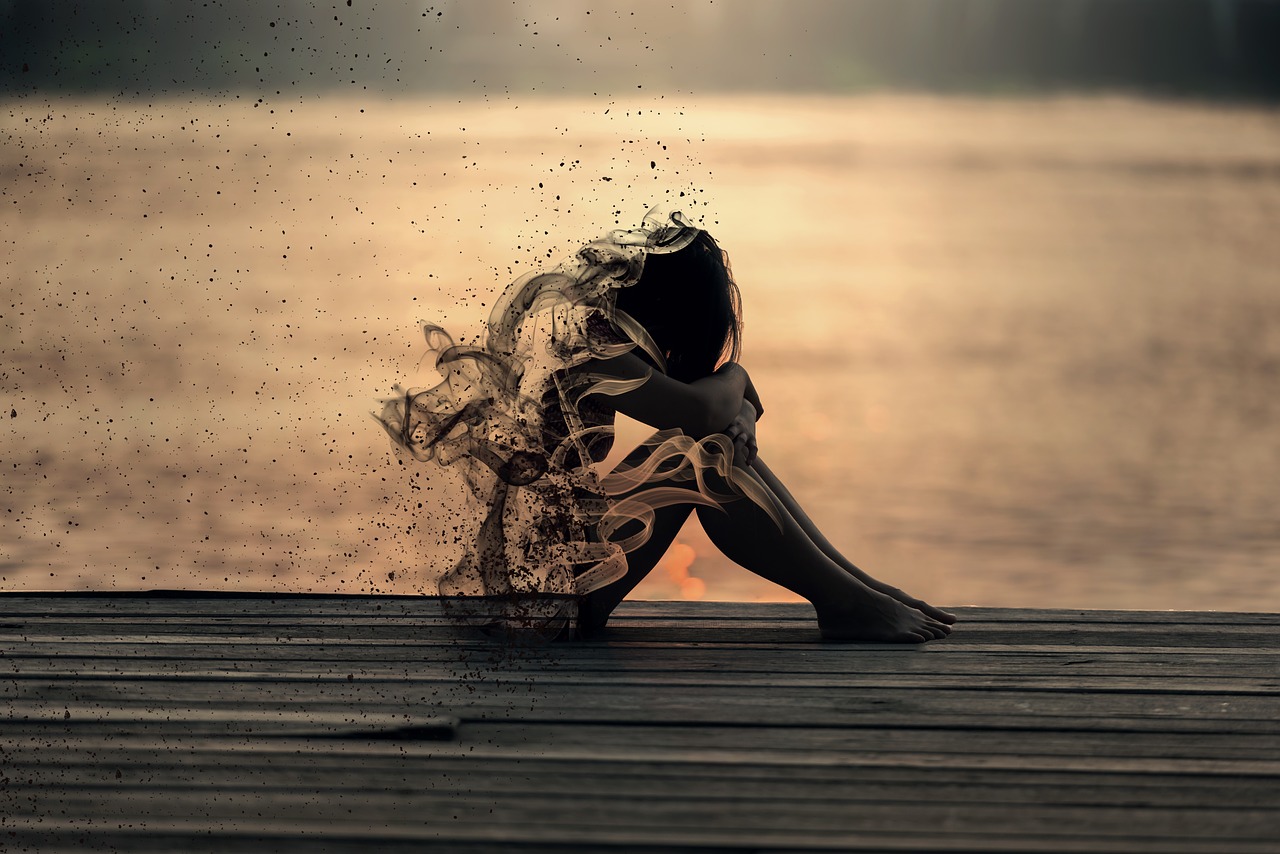A Look at Negative Character Development.
What is negative character development?
It’s incredibly hard to define. Some writers relate it to moral decline. Some apply it to areas where a character returns to a way of life they had at one point developed out of. Other writers don’t like to use the term at all.
There’s another way to look at it though, a way which I think is a lot more useful because it applies well to my favorite character growth areas — areas in which there is no morally better option. In this view:
By this definition, negative character development is development which goes against what the story is trying to teach the character.
Your plot should always be ingrained into your character’s development – every plot choice the character makes has rewards and consequences. The story should slowly direct your character into making choices which are different than the ones they made before. The hope is that the choices made are the ones with the highest (overall) reward and lowest (overall) consequence, therefore saving the day.
But sometimes characters decide not to do this. Sometimes they make the choice that gives them the highest number of consequences because the single reward it comes with is enough for them to justify it.
A stupidly simple example:
A character puts their hand onto a hot pan. The pan burns them.
- Positive development for this character shows them touching the pan again, perhaps more hesitantly or perhaps not, but purposefully either testing it or changing up their actions, so that by the end of the book the character has decided that touching hot pans is a Bad Thing which they will not do.
- Negative development is exactly the same, except when you get to the end of the book, the character stares the reader in the face, picks up the pan they know is bad for them, and purposefully shoves their head into it because the satisfaction of the pan being near them is worth more than the fact that they’ll end up with terrible burns.
Usually when we see this play out in books, the bad choice is a moral low ground; become the villain, take the vengeance, sacrifice your friends, close off emotionally, etc. But not always.
Here’s an example of negative development that isn’t morally wrong. (Some of you might know where I got this from ^^):
A character has spent the entire book doing two things: (a) learning that he can do good by being a leader, (that if he sacrifices himself proactively in that way, he can change things and help people), and (b) learning that every time he re-actively makes choices in bad situations, there are never any right answers and the situation generally just gets worst.
At the end of the book, he’s given the choice to either stand up and lead, or to involve himself in a dangerous family squabble that he would come into late and possibly not be able to effect.
- Positive development for this character mean he goes and leads: he does what the story has been telling him is the most positive outcome.
- Negative development for this character means he runs from that options, as he’s been prone to do his entire life, and runs instead into the dangerous squabble the book has taught him probably won’t be fixable in the heat of the moment.
Running to help his family isn’t a morally wrong thing to do. Neither is choosing to lead. He has, in canon, good reasons why he should do both these things.
But the story has been set up to tell him over and over again that the positive outcome is what he’ll get from being the leader he needs to learn to be. If he chooses his family, then he’s experiencing negative character development even though he’s still choosing a morally good option. He would be running away from the growth the story presented him with, and (if the story stays true to itself) would experience heavy consequences for doing that.
A good thing to note is that between individual stories, what path which constitute positive and negative character development might change or reverse. The first book in a series might start out teaching a character they need to be braver, until that character hits a point where they’re recklessly brave and foolhardy, and then by the third book, the story has begun teaching the character to be more cautious again.
You can learn more about all types of character development here!
